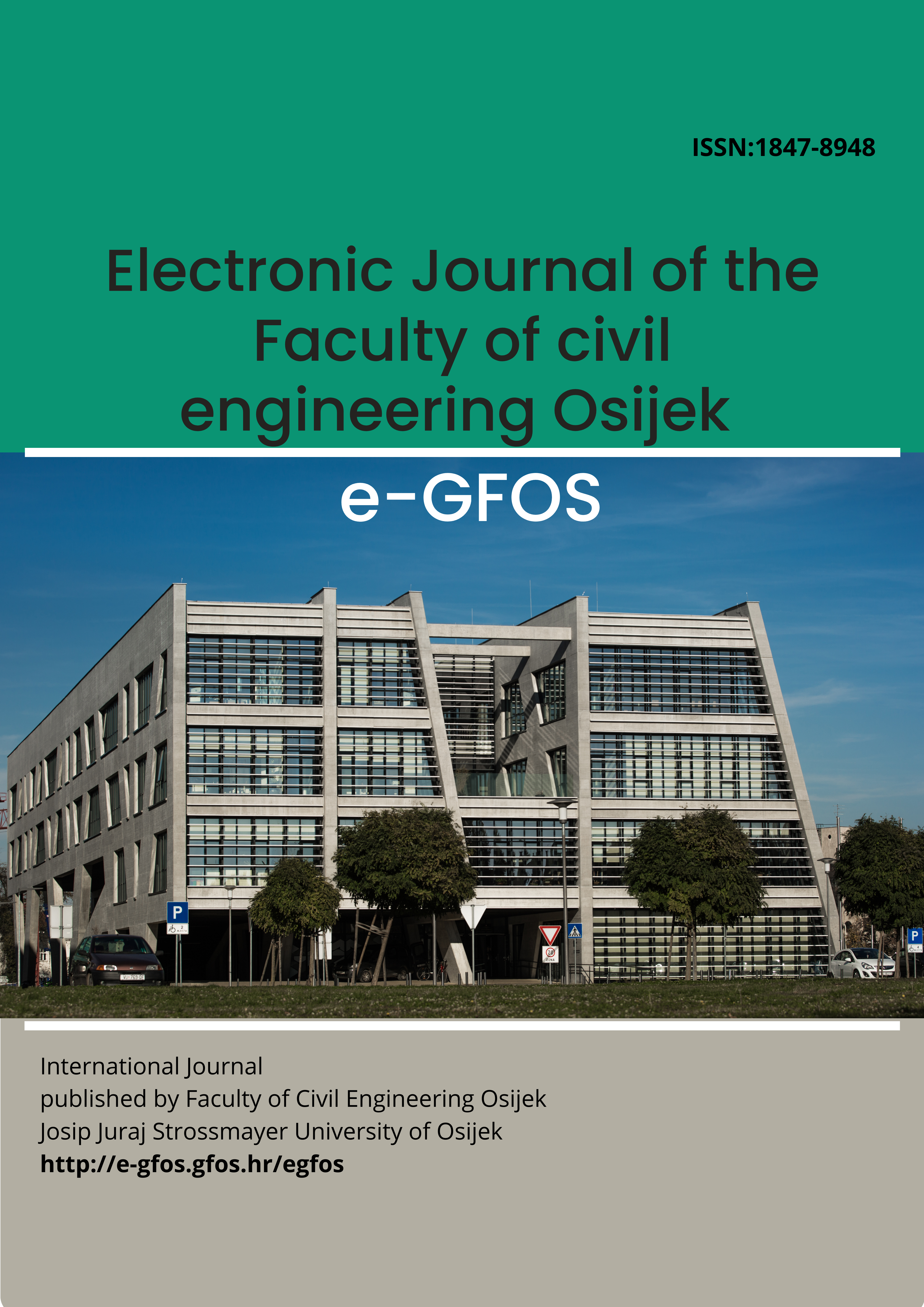Modeling total-nitrogen dynamics during electrocoagulation process with stainless-steel electrodes
Keywords:
electrocoagulation; pilot device; numerical model; ammoniaAbstract
The efficiency of the electrocoagulation (EC) process for the removal of total N (TN) is analyzed using a pilot device (reactor) with stainless-steel electrodes. Additionally, a three-dimensional (3D) numerical model for TN removal via the EC process is developed. The effects of the flow rate through the reactor and the initial NaCl concentration were the focus of the research. The concentrations of TN, nitrate (NO3-N), dissolved O, Fe (Fe2+/Fe3+), and chloride (Cl-), as well as the water temperature and pH, were measured in the EC reactor. By using the 3D numerical model, spatially continuous velocity fields and the TN concentration were determined. The results of this study show that the TN removal efficiency is dependent primarily on the initial concentration of NaCl and secondarily on the flow rate through the reactor. The initial TN concentration is reduced by 35% after 240 min of reactor operation when the flow rate is set as 0.15 L/s and the initial NaCl concentration is 2 g/L, while the current density is maintained at 150 A/m2. The NO3-N concentrations and pH are reduced by 5% with respect to the initial values.

